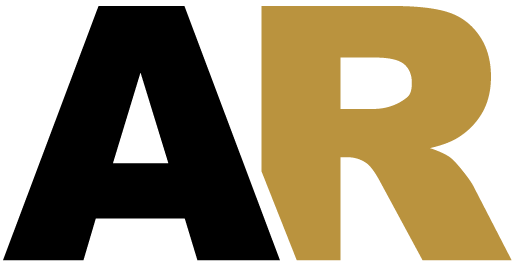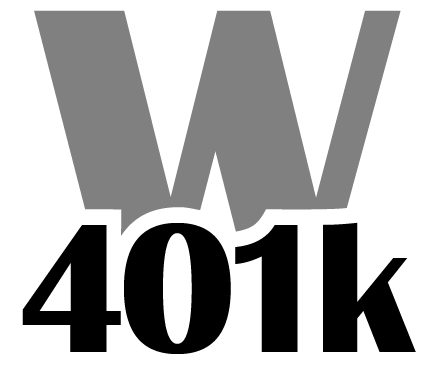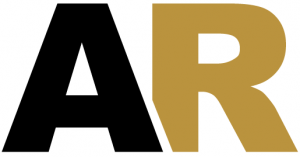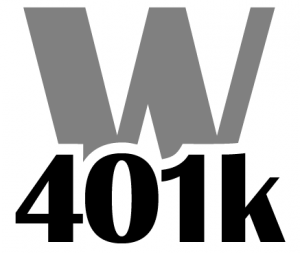IRS Publication 15-B identifies many items as legitimate fringe benefits. If the IRS identifies something as a legal fringe benefit (such as cell phones, uniforms or vehicle use), why can’t I count that as part of my required prevailing wage fringes on PW projects?
Very simply, the Department of Labor defines which fringe benefits may be credited as part of a Prevailing Wage Required Fringe. These are listed as “Bona-Fide Fringes” and are specifically defined as the only type of fringe that may count towards the required Prevailing Wage rate. Prevailing Wage fringes must be Bona Fide and are limited to:
- Insurance. Defined as medical or hospital care, life insurance, disability and sickness insurance or accident insurance. Any employer paid insurance required by law, such as workman’s compensation or unemployment insurance, cannot be counted as a prevailing wage required fringe. Bona Fide insurance, for fringe purposes, is solely for the benefit of the employee or his dependents.
- Holiday and Vacation Pay (Paid Time Off). Is specifically allowed by law if calculated and funded in a way that complies with the other listed requirements. This is frequently a very large expense incurred by the employer where no Prevailing Wage credit is taken. This is different from Sick Leave.
- Pensions on Retirement. Contributions to a properly designed 401k Retirement Savings Plan can be used to deposit any or all of the required fringes on a Prevailing Wage project and may be used to offset other Retirement Plan contributions. Because these are defined as Company contributions, and not as employee deferrals, there is no additional wage related burden. It is important to have a third party who is well versed on Prevailing Wage requirements assist in the implementation of the pension plan. Too many times a contractor accepts a “standard” plan while not being fully aware of all the options available.
- Apprenticeship Program. Defraying the cost of an Apprenticeship Program is considered Bona Fide if the program is properly registered and approved with the appropriate governmental agency. Specific guidelines are to be followed in determining the amount of the fringe that is allowable as a credit. Any contractor with such a program should seek guidance from a knowledgeable party when determining this amount.
- Other Approved Fringe. Defined as any fringe not otherwise described above. 29 CFR 5.29 (e) states “. . . it will be necessary for the Secretary to examine the facts and circumstances to determine whether they are “bona fide” in accordance with requirements of the act . . . Contractors or subcontractors seeking credit under the act for costs incurred for such plans must request specific permission from the Secretary”. If the contractor desires a furnished fringe be allowable as part of the required Prevailing Wage rate, specific approval must be requested from the DOL.
- Cash. Cash, in lieu of fringe, is always acceptable. However, any Prevailing Wage fringe amount paid in cash shall be paid as regular wages and is subject to the associated labor related burden (matching FICA, unemployment, workman’s comp, liability insurance, etc.).
In short, “fringe” is defined differently in different contexts and by different entities. IRS Publication 15-B and prevailing wage define fringe benefits differently. Be aware of the context in which “fringe” is being referred.





